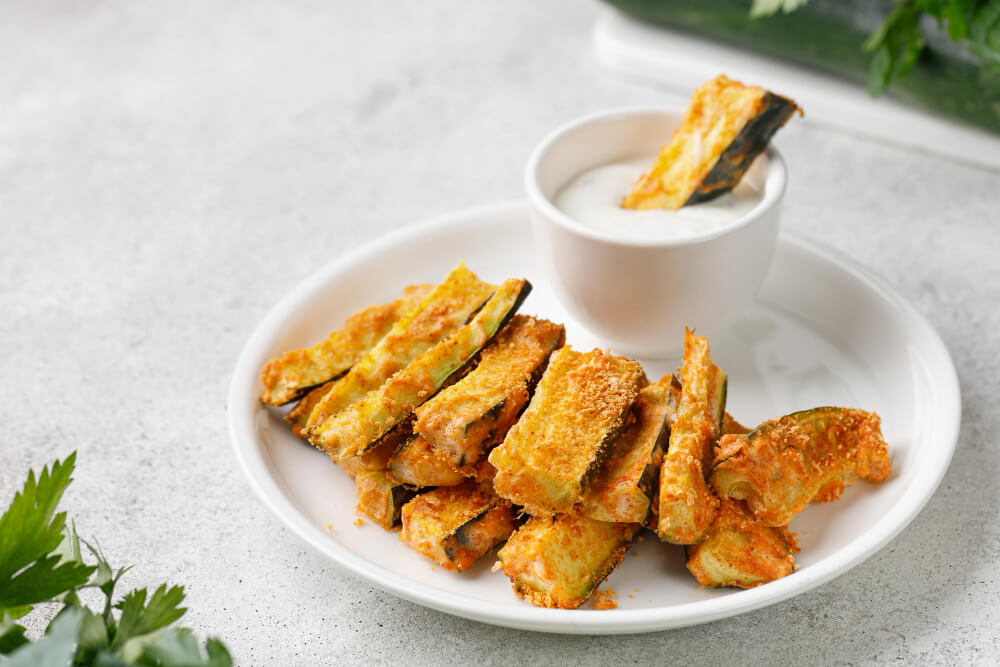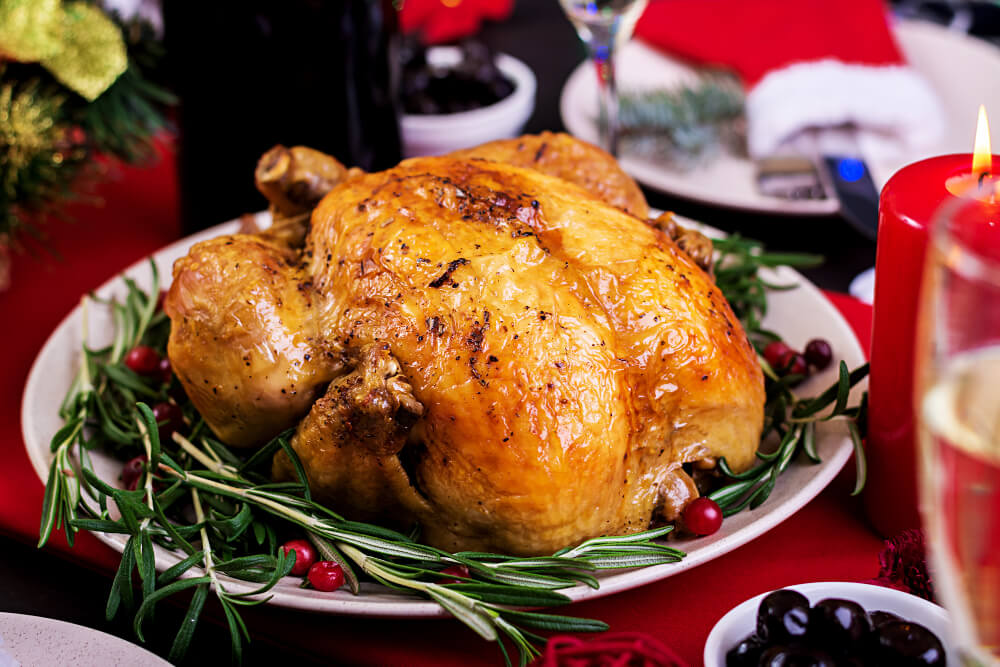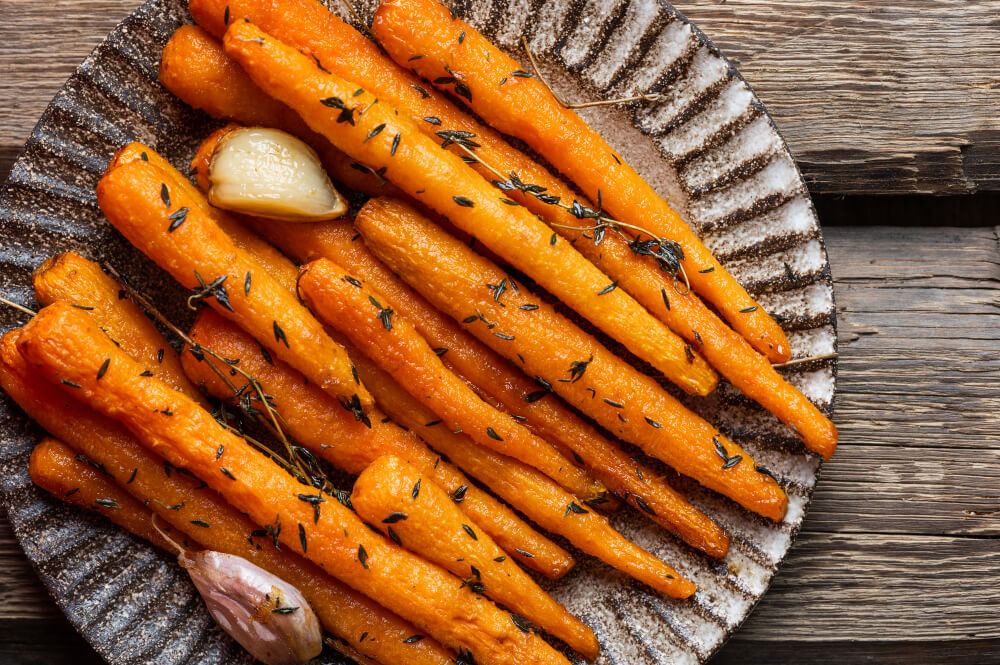
The first step when cutting any fruit or vegetable is ensuring it is clean. This means washing your hands before handling the food and thoroughly rinsing off the outside of the melon with cold water. You can also use a vegetable brush if desired. Once cleaned and dried, you can begin slicing into your whole melon.
What tools are best suited for cutting this fruit? Of course, a sharp knife works great, but if you want an even easier option, consider using kitchen shears instead. They make quick work of most fruits and vegetables, including cantaloupes. With these helpful hints, you'll have no trouble turning out delicious slices of sweet melon at your next mealtime gathering!
Tools You Need to Get Started
-
Chef's Knife: A sharp chef's knife is essential for cutting cantaloupes. Look for a knife with a comfortable grip and a long, sharp blade that can easily slice through the tough skin and flesh of the fruit.
-
Cutting Board: A sturdy cutting board is necessary for cutting the fruit safely and effectively. Wooden cutting boards are the best option, as they are gentle on knives and easy to work with. Choose a board that is large enough to accommodate the size of your fruit, and be sure to place a damp towel or non-slip mat underneath to prevent it from slipping while you work.
-
Spoon: A spoon is a handy tool for removing the seeds and flesh of the cantaloupe. Use a spoon to remove the seeds from the fruit's center, then gently separate the flesh from the skin.
-
Bowl: A large bowl is a convenient place to collect the sliced ones as you cut them. Choose a bowl that is deep enough to accommodate the size of your fruit, which will hold all the fruit without spilling over.
How Long Do They Last?
Before we dive into different ways on how to cut a cantaloupe, let's talk about how long do they last. When it comes to storing cantaloupes, temperature and humidity are key factors to consider. They should ideally be stored at 36 to 41°F with a relative humidity of 95%. Under these conditions, they can last up to three weeks without spoiling or losing flavor.
However, it's important to note that if these fruits are stored at refrigeration temperatures below 41°F, their shelf life may be reduced to just five days. This is because too cold temperatures can cause the fruit to become mushy or develop off flavors.
To ensure that your cantaloupes last as long as possible, handling them with care is also important. Avoid stacking or piling them on top of one another, and store them away from other fruits and vegetables that produce ethylene gas, as this can cause them to ripen and spoil more quickly.
3 Ways to Cut a Cantaloupe

They are versatile fruit that can be cut and served in many ways. Whether you prefer to enjoy it in bite-sized cubes, thin slices, or classic wedges, there are a few key techniques to remember. In this section, we will explore three different ways to cut cantaloupe and provide step-by-step instructions for each.
Cut into Wedges
Cutting a cantaloupe into wedges is a classic way to enjoy this sweet and juicy fruit. Here's how to do it:
-
Cut the cantaloupe in half: Use a sharp knife to slice it lengthwise.
-
Remove the rind: Use a spoon to scoop out the seeds from each side. Then, use a knife to cut off the rind, creating a flat surface for stability.
-
Cut the melon into wedges: Once they are free of rind, cut each into wedges. Depending on the size of your fruit, you can cut each half into 4-6 wedges.
-
Place the cantaloupe wedges on a platter and serve.
Cut Thin Slices
Thin slices are perfect for adding to salads or using as a garnish. Here's how to slice them thinly:
-
To cut the fruit into thin slices, wash it thoroughly under running water and pat it dry.
-
Next, cut off the top and bottom of the fruit using a knife.
-
Then, stand it on one of its flat ends and slice off the skin from top to bottom, following the curve of the fruit.
-
Once the skin is removed, slice the fruit into thin slices by cutting across the fruit horizontally.
-
You can adjust the thickness of the slices according to your preference.
Cantaloupe into Cubes
Just like you cut a melon into cubes, you can also cut it into cubes.
-
To do so, first, wash the fruit thoroughly under running water and pat it dry.
-
Next, cut off the top and bottom using a knife.
-
Then, stand one of its flat ends and slice off the skin from top to bottom, following the curve of the fruit.
-
Once the skin is removed, use an ice cream scoop to cut out balls from inside the fruit and discard the balls.
-
Finally, cut the remaining flesh into cubes using a sharp knife. Serve with your favorite dip or as a side dish for any meal.
Tips for Cutting Cantaloupe:
-
Choose a ripe one: Look for one that is fragrant and feels heavy for its size. The rind should be slightly soft when pressed.
-
Create a flat surface: To make cutting easier, slice off a small piece from one end of the fruit to create a flat surface for stability.
-
Use a sharp knife: A chef's knife will make cutting easier and safer.
-
Use a large cutting board: Choose a large one that is sturdy and can accommodate the size of your whole cantaloupe.
-
Store any leftovers in the refrigerator for up to three days.
How to Store Cantaloupe?

Storing cantaloupe is important in preserving its flavor and extending its shelf life. But it's more complex than simply plopping it in the fridge; there are a few things to consider when storing this delicious melon.
If you plan to consume your cantaloupe within two days, leaving it at room temperature should do the trick. Wrap the cut fruit with plastic wrap or place them on a dish covered in foil, so they don't dry out and spoil quickly. However, if you want it to last longer, placing it in the refrigerator is best; once cooled down, this will slow down any ripening process due to heat exposure. To keep them fresher for even more extended periods (upwards of 5-7 days), wrap each tightly with an airtight plastic wrap before refrigerating—this helps lock in moisture and keeps bacteria from growing inside.
Ultimately, regardless of how you plan to store your fruit, you should buy high-quality melons with intact skins free from bruises and blemishes. These small details can affect the flavor and freshness significantly over time!
List of Nutritional Benefits of Cantaloupe
Cantaloupe is an incredibly nutritious fruit packed with essential vitamins and minerals that benefit your body. It's high in vitamins A and C, making it a powerful antioxidant capable of fighting off free radicals and protecting against cell damage. Moreover, it can contribute to weight loss since it's low in calories yet rich in fiber. Additionally, the melon contains several B vitamins, which help support healthy metabolic function.
This tasty superfood also has anti-inflammatory properties due to its abundance of potassium and magnesium, aiding those suffering from joint pain or muscle soreness. Furthermore, the vitamins offer benefits for maintaining eye health by decreasing the chances of macular degeneration. In addition to all these wonderful nutritional advantages, they could even improve heart health, as studies have shown that increased levels of beta-carotene reduce stroke risk.
It's no wonder why this delicious treat should be part of any balanced diet; its many health benefits make it well worth consuming regularly. Whether you eat it sliced fresh or added cubes into smoothies or salads, adding this fruit into your meals will provide plenty of vital nutrients necessary for overall well-being.
Where Can You Use Cantaloupe?

After the storage, how to cut cantaloupe, and nutritional benefits, let's move forward on where you can use this fruit, This fruit is a great addition to any diet, but it can be used for more than just snacking on its own. This versatile fruit has numerous applications in the kitchen and beyond. In this article, we'll explore some of its different uses that may surprise you.
In cooking, they can be blended into smoothies or juices and added to salads, salsas, soups, and sandwiches. It's also an ideal dessert ingredient for ice cream, sorbet, and parfaits. For those looking to get creative with their meals, plenty of recipes incorporate this fruit in interesting ways.
For something totally unexpected, try using it as a facial mask! The fruit contains skin-soothing enzymes and vitamins which help keep your complexion healthy and glowing naturally. And if you're feeling adventurous, why not make a refreshing body scrub with crushed cantaloupe? You'll have beautiful soft skin in no time!
No matter how you choose to use it, one thing is certain: It will always add a delicious dose of nutrition to any meal or beauty routine. So go ahead - experiment away!
What Are The Health Benefits Of Cantaloupe?
Cantaloupe is a delicious and nutritious fruit with many health benefits. It's packed with vitamins, minerals, antioxidants, and fiber essential for healthy living. Eating this fruit can help to boost your immune system, reduce the risk of cancer, improve digestion, and even aid in weight loss.h
One of the most important nutrients found in this kind of fruit is vitamin C, which helps to protect cells against damage from free radicals. Free radicals are responsible for aging and disease, so eating foods rich in vitamin C can help keep you young and healthy. They also contain beta-carotene, which has been linked to reduced inflammation and improved eye health.
Fiber is another beneficial nutrient found in this fruit- it helps to regulate blood sugar levels and promote bowel regularity. Moreover, it's low in calories but high in water content, making it an ideal snack or addition to any meal if you're trying to lose weight or maintain a healthy lifestyle. All these factors make the fruit an excellent choice for getting more nutrition into your diet!
FAQs
How Do You Know When A Cantaloupe Is Ripe?
Choosing a ripe cantaloupe is key to enjoying the sweet and juicy melon. However, the best way to ensure you select one at its peak of ripeness is by understanding how to identify it. Here's what you should look for when selecting your fruit:
-
Rind color: Find one with a uniform, tan-colored rind - avoid those with green hues or white spots as they are not yet ripe.
-
Webbing: Look for webbing on the outside, which indicates that an insect has been feasting on the fruit. This does not mean it's bad, just less desirable than one without webbing.
-
Weight & Firmness: Lift the melon and feel its weight compared to others. It should be quite heavy, considering its size. Also, press gently against it; a mature one will give slightly beneath your touch but still maintain some firmness.
-
Fragrance: Smell near the stem end of the fruit; if it smells fragrant, then chances are it is already good to eat or cut open.
-
Stem Base Color: Check where the stem was attached to the melon's body and ensure there isn't any green coloring left behind; this means that it was picked too soon and won't have reached optimal ripeness yet!
Can You Freeze Them?
Freezing is one option when you're trying to decide what to do with a cantaloupe. But can you freeze them? The answer is yes - but there are some things to consider before doing so.
If you have an over-ripe or bruised melon, it's best to use it for smoothies, baked goods, and other recipes rather than freezing it, as the texture will be off when thawed. On the other hand, if they are still firm, they can be frozen without issue. Cutting them into cubes or slices first is important since this makes them easier to portion out once frozen. Make sure all of the seeds are removed too! Once prepped, place the pieces in zip lock bags with all of the air pressed out before sealing them shut.
Freezing it may only sometimes be ideal as its flavor won't quite compare to fresh fruit due to how much water content is lost during the process. However, having frozen pieces on hand can be convenient for adding nutrition and sweetness to different dishes throughout the winter months – like oatmeal or yogurt parfaits – or just enjoying a chilled snack after being stored in the freezer!
How Can You Tell If A Cantaloupe Is Bad?
When it comes to figuring out if a cantaloupe is bad, there are several key indicators you can look for. First of all, the smell will be an obvious sign; if the melon smells sour or off in any way, it's likely, not fresh and should be discarded. Secondly, look closely at the skin: if it looks wrinkled or discolored, that could indicate that the fruit has gone bad. Lastly, press on the outside of the melon with your fingertips - if it feels soft or mushy anywhere, this is another warning sign that your fruit may have spoiled.
Using these three tips together should give you a good idea of whether or not your fruit is safe to eat. However, if you're still uncertain after inspecting its quality, don't risk eating something that could make you sick - just toss it out! It might seem like a waste of money, but being cautious about food safety is always worth more than saving a few bucks.
So next time you buy this fruit, check for any signs of spoilage before cutting into it - by doing so, you'll ensure that whatever dish you decide to make with it tastes as delicious as possible!
Is There A Difference Between Cantaloupe And Honeydew Melon?
It's easy to confuse cantaloupe and honeydew melon - they look quite similar. But there are a few key differences that set them apart.
-
Their size: while both fruits can vary, on average, the cantaloupe is smaller than the latter.
-
Color: the outer skin of a cantaloupe is more lightly colored than a honeydew's, usually with some yellow or green stripes visible beneath its netting-like exterior.
-
Taste: cantaloupes have sweet flavors with subtle notes of muskiness, whereas honeydews often have a milder flavor profile.
-
Texture: just by looking at it, you can tell that cantaloupe has a much softer flesh than honeydew.
These features make each fruit unique and desirable in different ways – here are four reasons why you should consider adding one or both to your diet:
-
Cantaloupes contain an abundance of vitamins A and C which help boost immunity.
-
Honeydews provide essential minerals like potassium and magnesium for muscle health and hydration.
-
Both fruits are rich in dietary fiber, which helps keep digestion regular and healthy.
-
They're also low in calories, so you can enjoy them guilt-free!
Conclusion
Cantaloupe is a delicious and nutritious fruit that can be enjoyed in various ways. Knowing how to select and cut the perfect cantaloupe properly and safely will help you get the most out of your melon. When in the market, look for a creamy yellow or tan-colored rind that gives slight resistance when pressed.
You can freeze cantaloupe for up to three months if stored correctly, but it's best eaten fresh to enjoy all its health benefits. Be sure to check for mold before you cut the melon in half, as these fruits are highly susceptible to spoilage.
Also, remember there is a difference between cantaloupes and honeydews; while they have similar nutritional values, they have different flavor profiles, so choose accordingly. Finally, if you learn how to cut this fruit, it will be easier to enjoy.
With all this knowledge of how to cut a cantaloupe, storage, and more, you can enjoy some juicy summertime goodness!



